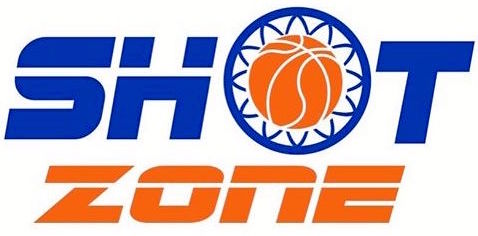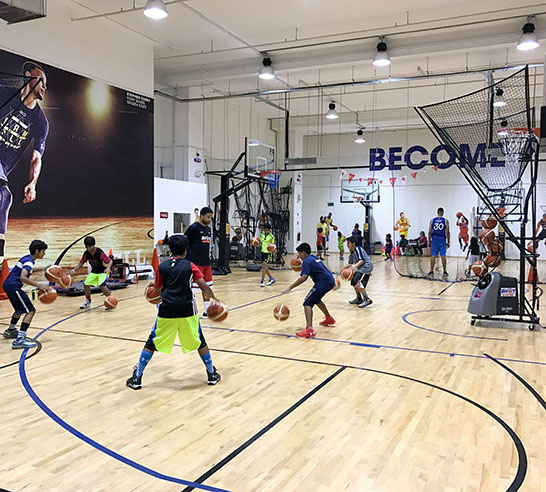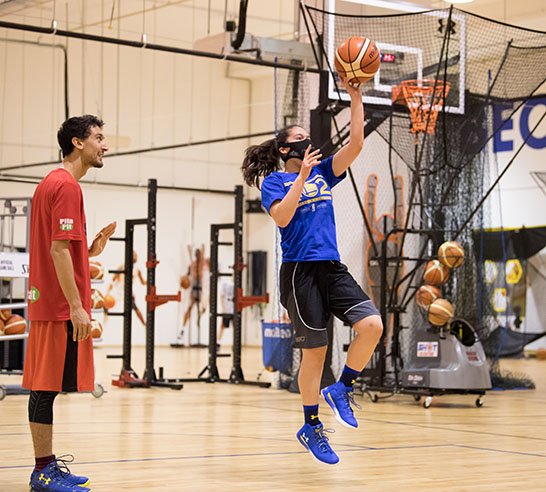3 Signs That You're a Good Basketball Coach Despite Your Win-Loss Record
/If you're like most basketball coaches, you always strive to be the best coach you can be. But it can be difficult to evaluate yourself especially depending on the ability of your team. Ultimately being a great coach comes down to being a great leader with outstanding leadership qualities.
Here are 3 signs that your efforts as a basketball coach are resonating with your team and you're doing a good job - even if your record isn't great.
1. Respect & Discipline
Being respected and having discipline with your team is an absolute must and should be priority #1 as a coach. Your players need to know that you are 100% genuine in your delivery of basketball teaching points as well as life values. This, however, is entirely different than being best friends with your squad. Being friendly with your team is great, but they ultimately need to see you as an authority figure and a mentor and not necessarily someone they consider their best friend. And while your title may be basketball coach, your players look at you as much more than that. Be more than just a coach and show them that the basketball lessons you teach them also apply to real-life situations as well. This will cause your players to respect you more and uphold a disciplined atmosphere throughout your program.
Great Basketball Coaches: Make sure discipline and respect are most important to the team and teach more than basketball
2. Team Unity
If a team has great camaraderie off the court, it typically shows on the court as well. This type of camaraderie also often comes from the leader. And unity comes from fairness, open communication, and a clear definition of each players' expectations. As mentioned in the previous paragraph, you're more than just a basketball coach. It's also your job to build confidence in your players, create cohesiveness within the group, and manage different personalities and mindsets. Regardless if your team has tremendous talent or not, you can always control how you treat your players. And if you treat your team fairly it will naturally carry over to the overall unity of the team and then will translate into wins down the road.
Great Basketball Coaches: Galvanize their team to work together on and off the court by treating every player with fairness
3. Player Focused
Great coaches have the mindset of helping their players be successful. They are constantly teaching and thinking of ways to get the best out of their players. Yes, great coaches are always trying to better themselves and learn more to advance their knowledge of the game. But at the end of the day, the best coaches are focused on their players first and on their team as a whole. They are constantly looking for innovation within the game - whether it be basketball training equipment or new age analytics - to implement and advance their players' development. Again, "player focused" is not the same thing as trying to make sure your players "like you" but that they respect you as a mentor who genuienly cares about their well-being on and off the court.
Great Basketball Coaches: Focus on their players first and constantly look for innovative ways to give them the resources necessary to succeed
Success isn't necessarily defined by the "W" column, but by having the ability to get the most out of your players. While this can be difficult to measure, checking the box on the three leadership qualities above is a positive reflection of your overall abilities as a basketball coach. Keep striving to the be the best coach you can and your players will certainly take notice.









